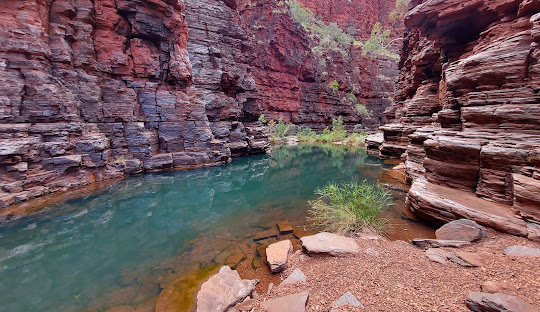
Exploring the Unique Geography and Geology of Western Australia: A Land of Ancient Landscapes and Rich Biodiversity
Posted by on
Western Australia is a vast state located on the western edge of the Australian continent, bordered by the Indian Ocean to the west and north, and stretching eastward to the meridian of 129°E, which marks its boundary with South Australia and the Northern Territory. The state spans an impressive land area of 2.5 million square kilometers (970,000 square miles) and boasts a remarkable coastline of 20,781 kilometers (12,913 miles), including 7,892 kilometers (4,904 miles) of island coastline.
Geologically, Western Australia is one of the oldest landmasses on Earth, largely composed of the Yilgarn and Pilbara cratons. These ancient cratons merged billions of years ago to form Ur, one of the world’s earliest supercontinents. Evidence of some of the oldest known life on land has been found in the Pilbara region, where 3.48-billion-year-old geyserite deposits may be the remnants of early microbial life.
The state’s landscape is characterized by its extreme age and erosion, with no mountain higher than 1,249 meters (4,098 feet) at Mount Meharry in the Pilbara region. The terrain consists largely of a low plateau with an average elevation of about 400 meters (1,200 feet). The land gently slopes toward coastal plains, where sharp escarpments, like the Darling Scarp near Perth, mark the transition from the plateau to the coastline.
Western Australia's soils are notoriously infertile due to the ancient nature of the land. Many areas, particularly those with extensive sandplains or ironstone, suffer from a lack of essential nutrients like phosphorus, nitrogen, and trace minerals. This soil infertility has led to extensive use of fertilizers, which have had detrimental effects on local invertebrate populations and soil health. The state’s agricultural practices, including large-scale land clearing, have also led to habitat loss and environmental degradation, particularly in the wheatbelt region, where dryland salinity and freshwater loss are growing concerns.
Despite these challenges, the South West region of Western Australia is considered one of the world’s biodiversity "hot spots," with a high concentration of rare and endangered flora and fauna. The region’s unique ecosystem continues to be a focal point for conservation efforts amid the pressures of agricultural development.